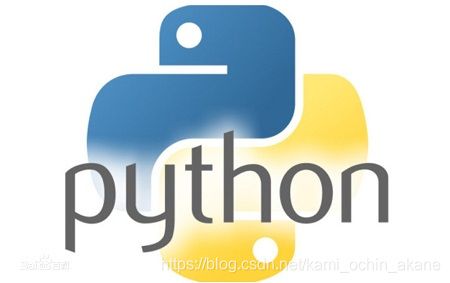Python并发多线程案例展示
Time will tell.
多线程的优点:
- 使用线程可以把占据长时间的程序中的任务放到后台去处理。
- 用户界面可以更加吸引人,比如用户点击了一个按钮去触发某些事件的处理,可弹出一个进度条来显示处理的进度。
- 程序运行速度加快。
- 在一些等待的任务实现上,如用户输入、文件读写、网络收发数据等。在这种情况下可以释放一些资源如内存占用等等。
每个线程都有一组CPU寄存器,称为线程的上下文。该上下文反映了线程上次运行该线程的CPU寄存器的状态。
其他线程正在运行时,当前的线程可以暂时搁置,也称为睡眠。
Python3 线程常用的两个模块:_thread、threading。
Python3 中不能再使用thread模块,为了兼容性,Python3 将 thread 重命名为_thread。
一、开启线程的两种方式
方式一:
from threading import Thread
import time
def sayhi(name):
time.sleep(2)
print('%s say hello' %name)
if __name__ == '__main__':
t=Thread(target=sayhi,args=('太白',))
t.start()
print('主线程')
方式二:
from threading import Thread
import time
class Sayhi(Thread):
def __init__(self,name):
super().__init__()
self.name=name
def run(self):
time.sleep(2)
print('%s say hello' % self.name)
if __name__ == '__main__':
t = Sayhi('egon')
t.start()
print('主线程')
二、在一个进程下开启多个线程,与在一个进程下开启多个子进程的区别
开启速度对比:
from threading import Thread
from multiprocessing import Process
import os
def work():
print('hello')
if __name__ == '__main__':
#在主进程下开启线程
t=Thread(target=work)
t.start()
print('主线程/主进程')
'''
打印结果:
hello
主线程/主进程
'''
#在主进程下开启子进程
t=Process(target=work)
t.start()
print('主线程/主进程')
'''
打印结果:
主线程/主进程
hello
'''
对比pid:
from threading import Thread
from multiprocessing import Process
import os
def work():
print('hello',os.getpid())
if __name__ == '__main__':
#part1:在主进程下开启多个线程,每个线程都跟主进程的pid一样
t1=Thread(target=work)
t2=Thread(target=work)
t1.start()
t2.start()
print('主线程/主进程pid',os.getpid())
#part2:开多个进程,每个进程都有不同的pid
p1=Process(target=work)
p2=Process(target=work)
p1.start()
p2.start()
print('主线程/主进程pid',os.getpid(
